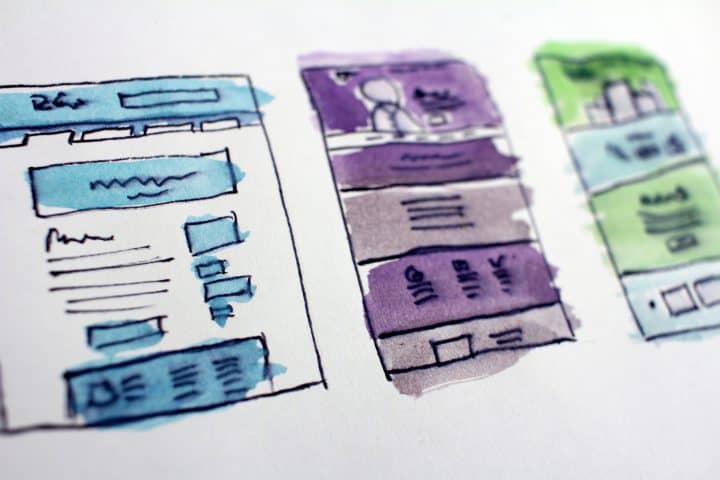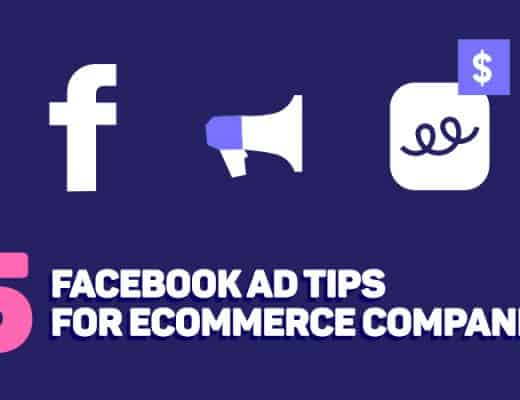The importance of having a killer website design cannot be stressed enough. Irrespective of whether you run an eCommerce website, a SaaS platform or a simple blog to gain visibility, website design has to be an integral part of your digital marketing strategy for building a sales pipeline.
An appealing design of your business website is instrumental in attracting more visitors, compelling them to stay and browse longer and gets them to finally click on the call-to-action button and convert. More conversions directly translate to more business opportunities for you.
When it comes to your business website, every design component has an effect on the conversions. Whether your website is up and running or whether you are simply looking to start the design process, covering all your bases, brushing up of design fundamentals and following the strategic roadmap can help you get started on the right foot. Here is a list of the common website design fundamentals that often get overlooked and have a negative impact on the conversions.
Responsive web design
The world is going mobile, shouldn’t your website too? The digital consumption trends show that mobile devices are largely becoming the instruments of choice when it comes to the consumption of digital content. Mobile digital minutes are more than double the time spent on desktops which makes the responsive design of your website absolutely critical to your success.


Your website design should be aimed at providing the visitors the best user experience while they browse through the pages, irrespective of the device they are viewing it on and it’s screen size. A responsive web design ensures the optimal functionality of the website across a wide range of devices. Especially applicable for SaaS website design where building a native mobile app just isn’t the norm from user adoption as well as spend perspective.
Your design needs to translate on the screens of the smaller devices in a smooth manner with the intention of providing the visitor with a stellar user experience. The key to ensuring a responsive design is using a proportion-based grid system, having images with flexible sizes which adapt to the different screen resolutions and using HTML and CSS to resize (shrink or enlarge) elements to make it compatible with the different screen sizes.
Incorporating interactive elements
Your business may be spending a lot of time and effort on content creation, digital marketing and SEO but the efforts would amount to nothing if the visitors don’t stay around to browse and eventually convert. Your website has mere 8 seconds (and sometimes even less than that) to engage the visitors and stopping them from bouncing away.


The quest to capture the visitor’s attention needs to start the second user lands on your website. Effective use of graphics, images and video as design elements on your website makes it more engaging. Video is gaining more popularity as an interactive design element with each passing day. It is a stellar medium to capture attention and simultaneously deliver value to the users at the same time. Featuring videos aimed at solving the problems of your target customer undoubtedly affects customer engagement and helps you increase sales.
Choosing the color palette and layout
The color palette used not only adds a look-good factor to the website design, but it also has a bigger psychological role to play as well. The warmer tones like yellow, orange and red convey energy, enthusiasm and creativity while the cooler shades like blue and purple communicate trust, professionalism and reliability.


When it comes to design and layout, less is always more. Too many colors and the design becomes visually distracting. Just stick to two or three colors in the major design elements of your website and make use of plenty of neutral colors to make the design look more appealing.
The neutral colors can also act as white space that acts as rests, give the visitors a much needed breather and make the design more visually engaging. If every inch of the screen space available is cluttered up with the various design elements, the resultant outcome is a chaotic design. Use the negative space positively to ensure that the design layout looks uncluttered and the visitor attention is focused on the elements you want it to be.
Following the visual hierarchy
The visitors to your website should be able to reach the information they are looking for without the need for a long and arduous search. The navigation through the web pages should be intuitive. Using visual hierarchy the placement of the various elements is done to ensure familiarity in design.
The visual browsing tendencies show a similar pattern of eye-movement when any visitor scans the website. Placement of the important elements along this F-shaped areas makes the website navigation intuitive.
Human attention spans are constantly decreasing. The longer the time required to find the requisite information is, the higher the chances of your website getting abandoned get. Familiar placement of design elements such as a navigation bar at the top or left side of the screen ensures that visual hierarchy is followed, navigation is intuitive and the time taken for the users to reach the information they need is minimal.
Summing Up
When it comes to boosting conversions for your business, having a website design strategy in place gets you ahead of your competitors and gives you a much needed tactical advantage. Keeping the basics of the website design in mind and following through with them gets you a step closer to bringing in more sales.
Design can make sure that people stay on your website for longer and boosts engagement but delivering value has to be at the core philosophy of your business. Focus on the user’s problem and use website design to your advantage to direct their attention to the solutions you are providing in order to get them to convert.







